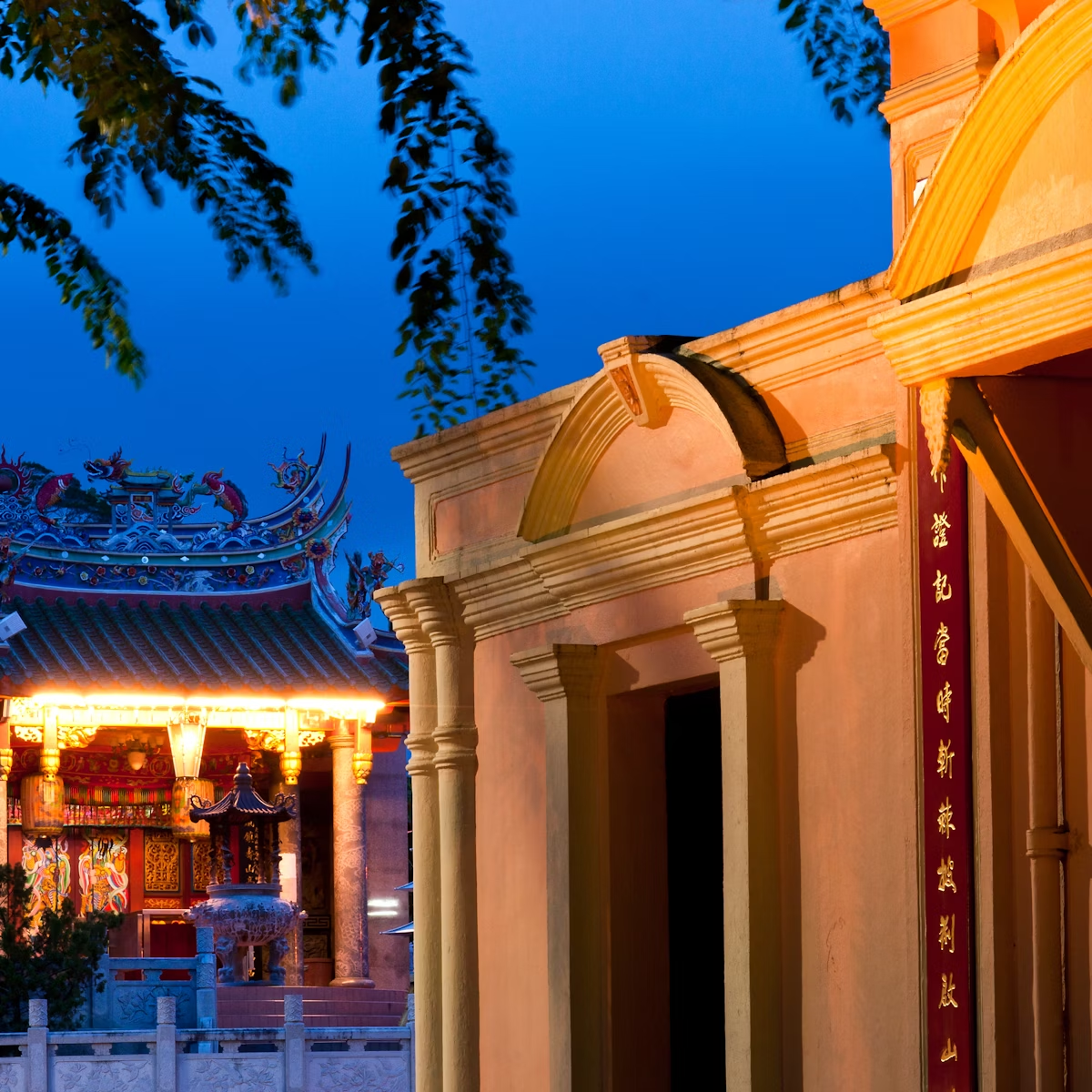Once you've paid your entrance fee you’re free to explore Annah Rais’ three longhouses (Kupo Saba, Kupo Terekan and, across the river, Kupo Sijo).
The most important feature of a Bidayuh longhouse is the awah (a long, covered common verandah with a springy bamboo floor that’s used for socialising and celebrations). Along one side a long row of doors leads to each family’s private bilik (apartment). Parallel to the awah is the tanju (an open-air verandah).
There's a private mini-museum (adult/child RM3/1) featuring musical instruments, and an unoccupied bilik to inspect.



